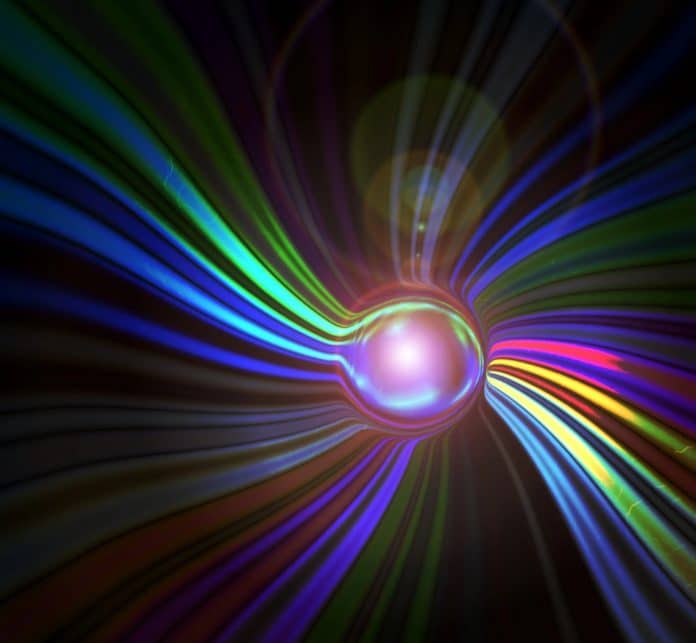With the launch and operation of the Cold Atom Lab (CAL), NASA has established the sustained study and development of quantum technologies in orbit. This versatile, multi-user research facility has traveled over 400 million kilometers on board the International Space Station (ISS) since June 2018, under remote operation from the Jet Propulsion Laboratory.
Using the Jet Propulsion Laboratory’s Cold Atom Laboratory, astronomers created exotic matter” onboard the International Space Station. They have reported about the production of rubidium Bose-Einstein condensates (BECs) in an Earth-orbiting research laboratory, the Cold Atom Lab.
This is for the first time the fifth state of matter has been observed in space using rubidium. This chemical element shares similarities to potassium metal and caesium metal in physical appearance, softness, and conductivity.
A Bose-Einstein condensate occurs when certain types of atoms are cooled to such low temperatures that they take on one unified state. But they are incredibly fragile. The slightest interaction with the external world is enough to warm them past their condensation threshold.
This makes them nearly impossible for scientists to study on Earth, where gravity interferes with the magnetic fields required to hold them in place for observation.
Lisa Wörner of the German Aerospace Center Institute of Quantum Technologies in Bremen said, “The ability to study the strange state of matter in orbit will aid scientists’ understanding of fundamental physics as well as make possible new, more sensitive quantum measurements. I cannot overstate the importance of this experiment to the community.”
Robert Thompson from the California Institute for Technology, Pasadena, said, “Microgravity allows us to confine atoms with much weaker forces since we don’t have to support them against gravity. It also allowed the atoms to be manipulated by weaker magnetic fields, speeding their cooling and allowing clearer imaging.”
Authors noted, “The successful generation of Bose-Einstein condensates in orbit unveils new opportunities for research on quantum gases as well as for atom interferometry and paves the way for even more ambitious missions.”
Journal Reference:
- David C. Aveline et al., Observation of Bose-Einstein condensates in an Earth-orbiting research lab. DOI: 10.1038/s41586-020-2346-1
